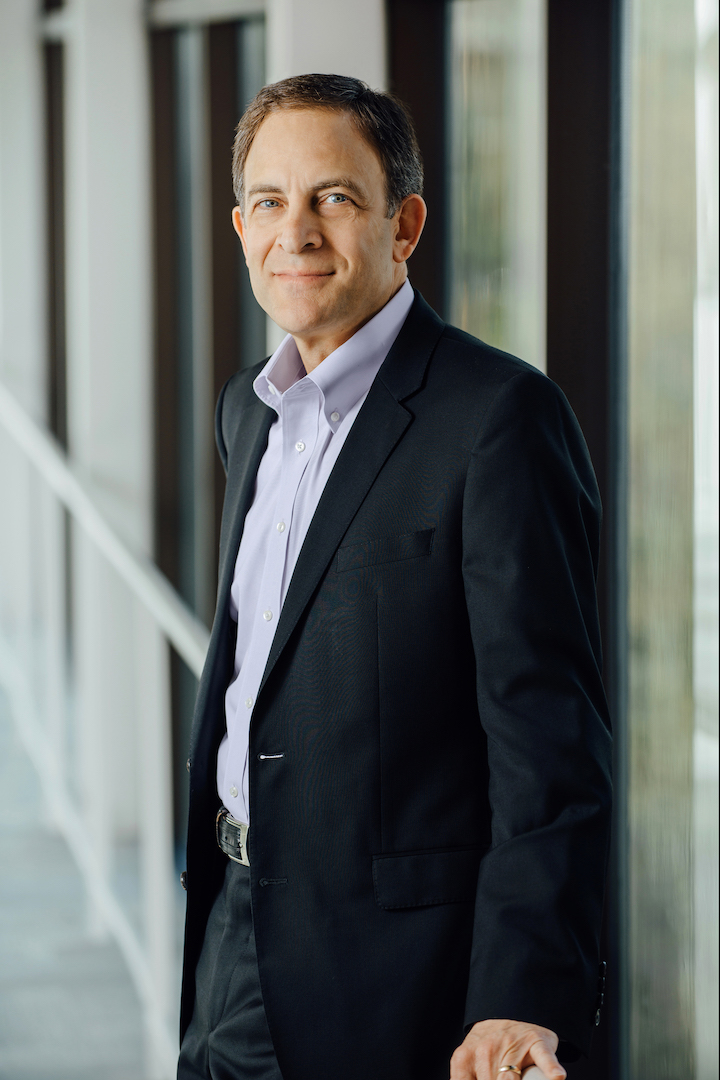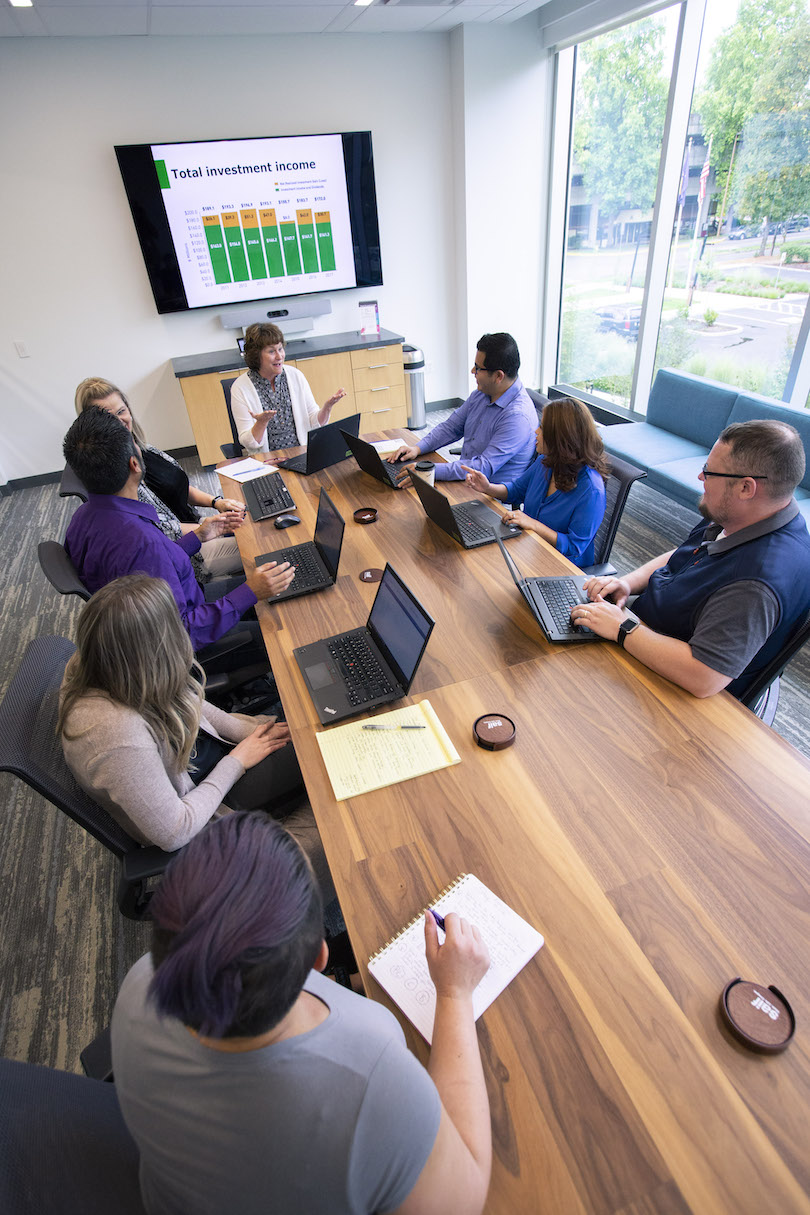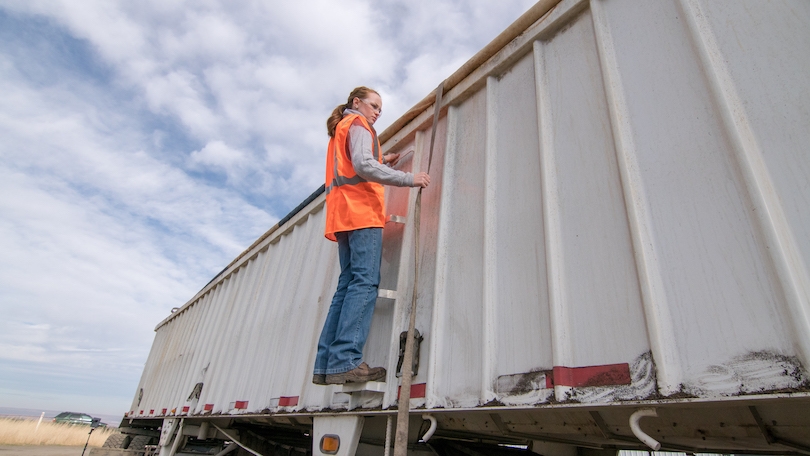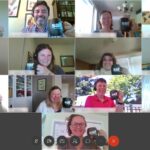Brand Story – How this not-for-profit workers’ compensation insurer drives quality up and prices down.
As a not-for-profit, SAIF is a different breed of workers’ compensation insurer. Its business model prioritizes service quality, low cost and safety.
“If you look at our economic model, it’s very unusual compared to most other insurance companies: we price our coverage at a loss,” explains SAIF CEO Kerry Barnett. “Each policy costs us more in claims and administration than we receive in premium.”
How is that possible? With 100 years in operation and a substantial capital base to show for it, SAIF’s investment returns are used to reduce the price paid by policyholders.
“The oldest claim that we are still paying out was based on a workplace incident that occurred back in 1942. We are still sending checks out every year, but while that money is sitting around waiting to be paid out, it gets invested,” Barnett says. “We use that to support service levels and reduce prices.”
 President and CEO Kerry Barnett
President and CEO Kerry Barnett
Et voilà: This stable, alternative revenue stream keeps the company healthy while giving clients rates that would be impossible without being a not-for-profit. Assuming the 99.5% annual client retention rate is any indication, policyholders like what they see.
Without its not-for-profit status, this model could not function. Rather than investing capital back into SAIF, the firm would be obliged to divvy a large portion up among shareholders.
A strong capital base ensures that SAIF can continue to serve even in the face of large-scale tragedy: “Our job is to manage risk. If there’s a huge earthquake and tens of thousands of people are injured on the job, we need to know that we can still support those injured workers,” Barnett explains.
But beyond long-term stability, this economic model enables next-level services that redefine what it means to be a workers’ compensation insurer.
“We are a safety company with more than 79 full-time safety experts who spend all day, every day promoting workplace safety and working with employers and workers to identify and eliminate risk. Our vision is to make Oregon the safest and healthiest place to work, so we want to prevent workplace injury and illness from happening in the first place,” he adds.
Its army of safety professionals proactively engages with businesses, helping them overcome challenges related to health and safety. Policyholders range from having one employee to tens of thousands, and they span health care, logging, manufacturing, and many more industries.
Historically, when injuries occurred employers blamed workers, responding with tighter rules. That view gave way to new equipment in an attempt to engineer safety. That’s good, SAIF believes, but the basis of true safety is a workplace culture in which individuals look out for one another.
To help shape that, SAIF offers workshops for both employers and employees. Its SAIF Learning Center serves up a suite of online courses and resources for policyholders and their teams. For example, a painting company could tap into lessons on handling dangerous chemicals or ladder-use best practices.
SAIF lives for safety, but it also loves speed.
“We track our performance carefully: how long it takes us to accept or deny a claim or how long it takes an injured worker to get back on the job. Data show that the longer the worker is off the job the longer it takes them to heal,” Barnett says. “Being active and social helps them get better. This has to do with finding effective medical care or working with the employer to create modified work environments.”
Legally, claims must be determined within 60 days. On average, SAIF takes 35 without any plans to stop improving.
While the organization serves more than 50% of the market, Oregon’s employers can choose from three options for workers’ comp insurance: self-insurance, a traditional private insurance company or SAIF.
“We don’t want people to mistake us for a state agency. We don’t get any tax dollars. We are an insurance company, but we are a different flavor. Our competitors are all for-profit insurance companies,” Barnett clarifies.
 SAIF’s headquarters in Salem.
SAIF’s headquarters in Salem.
Its story started 100 years ago, when the so-called grand bargain put an end to the cycle of employees suing employers just to get compensation and health care to cover on-the-job injuries. In most states, it materialized as a government program, but over time the public entity transitioned into an independent, not-for-profit body known as SAIF.
Its mission is to provide extraordinary workers’ compensation services as inexpensively as possible to as many businesses as possible.
“We want to make our services as widely available as we can, so we don’t try to cherry-pick risks. We would never say, ‘If you’re in a high hazard industry, we don’t want you.’ That goes against our mission,” he adds.
As a longtime supporter of the Management/ Labor Advisory Committee (MLAC), SAIF also believes that workers’ compensation belongs to employees and employers, not health providers, lawyers, or insurers. MLAC gives both labor and management a platform to shape the legislation that governs them.
SAIF may be a centenarian, but don’t let its age fool you: its stability comes from innovation not stagnation. New technologies stay on the team’s radar. One of its pilot programs puts devices in employee work vehicles to measure on-the-job driving habits in an attempt to reduce traffic accidents. Wearable devices that workers place in hardhats or on safety vests could be just around the corner.
SAIF is investing in its future. It’s replacing core technology systems and recently renovated its Salem campus—a project that finished on time and on budget.
And, the best part? The two-year construction project finished without a single time-loss injury.
Brand stories are paid content articles that allow Oregon Business advertisers to share news about their organizations and engage with readers on business and public policy issues. The stories are produced in house by the Oregon Business marketing department. For more information, contact associate publisher Courtney Kutzman.




